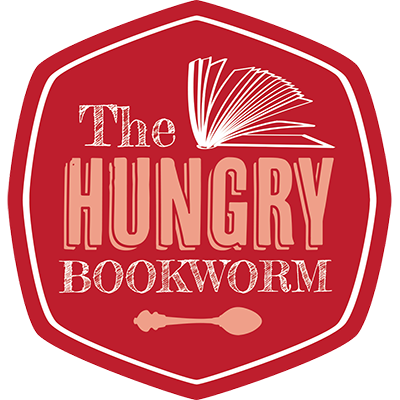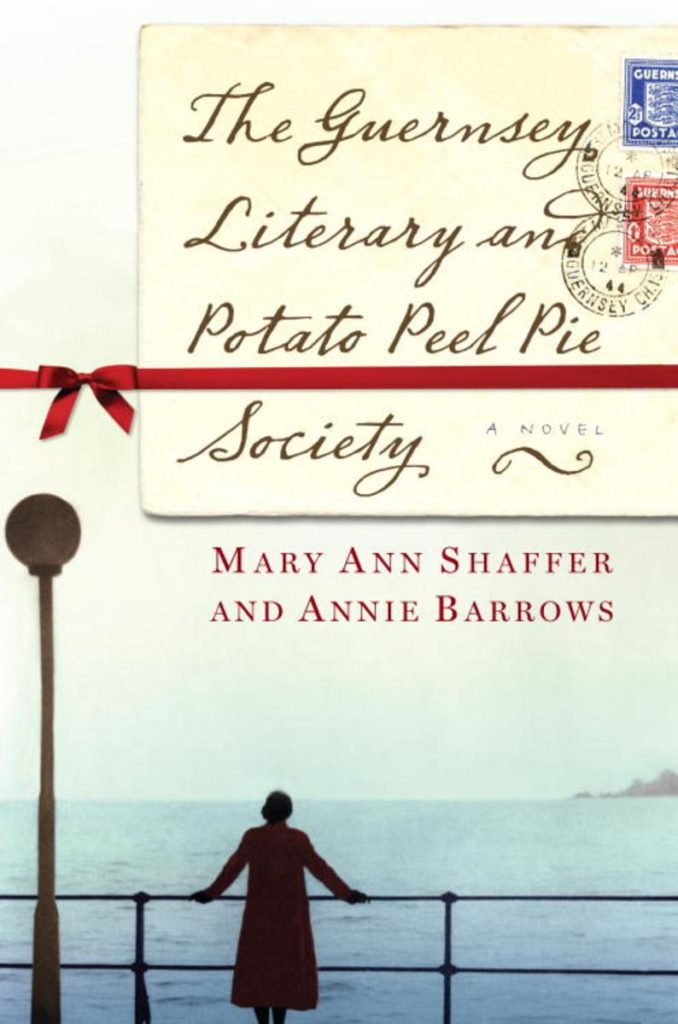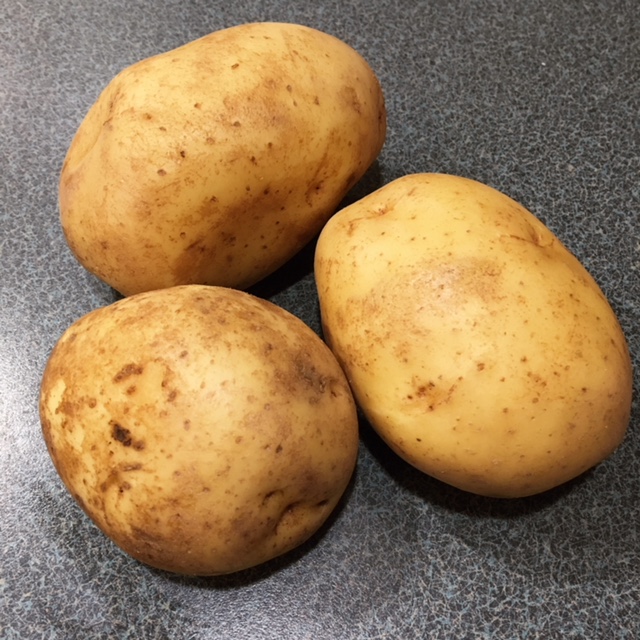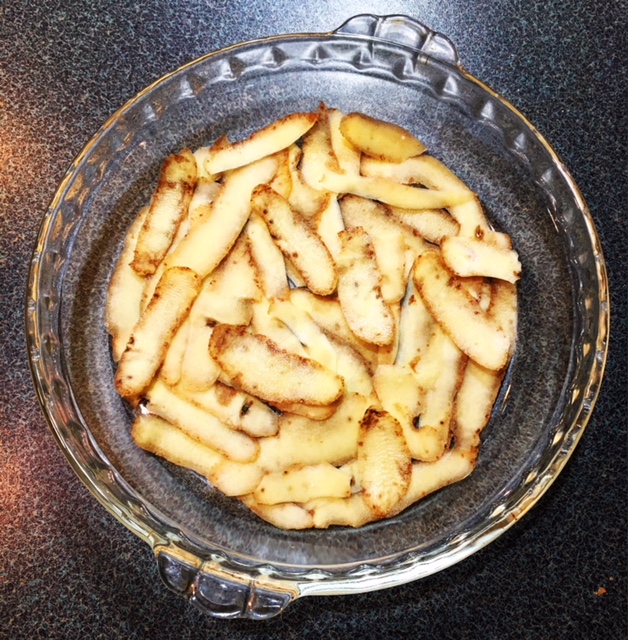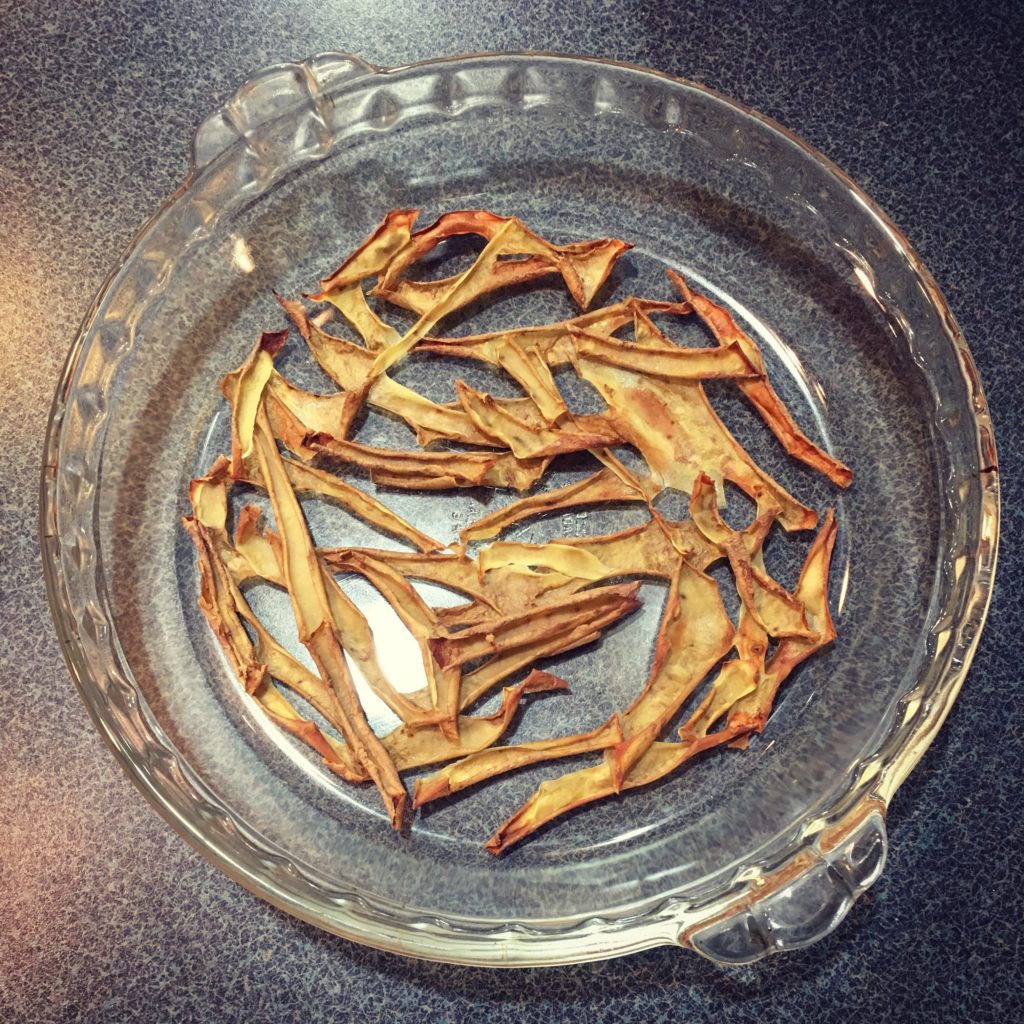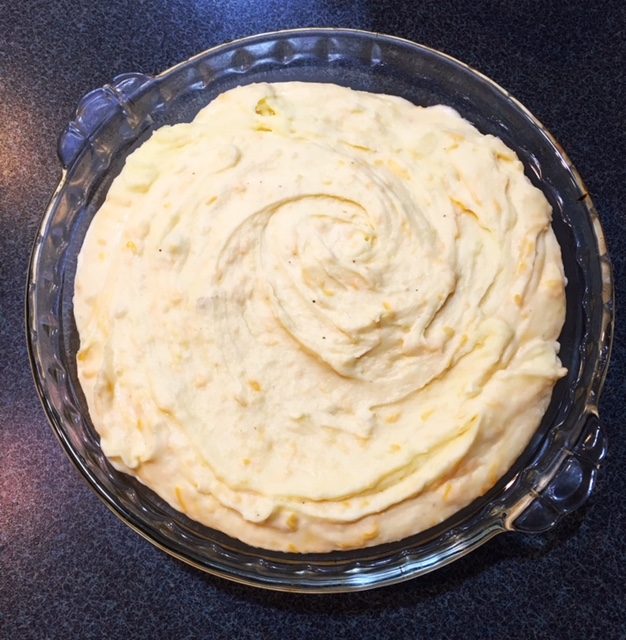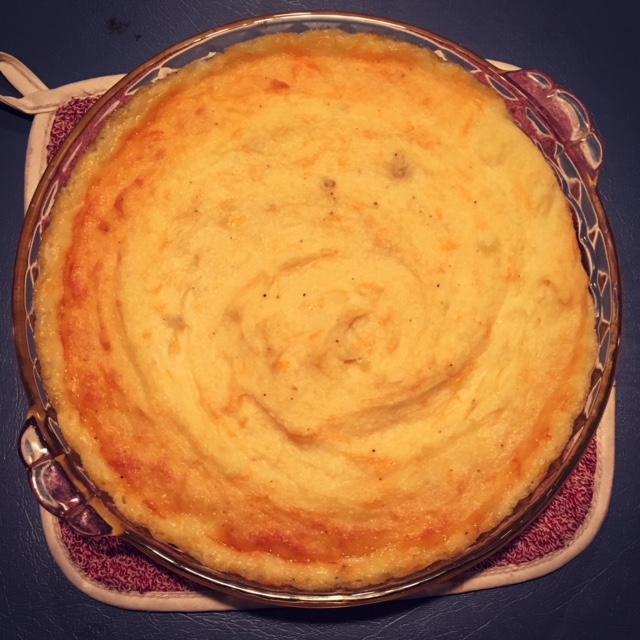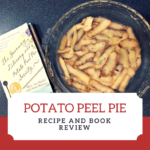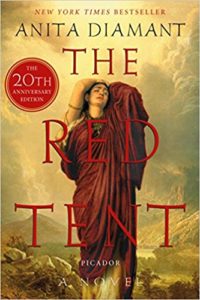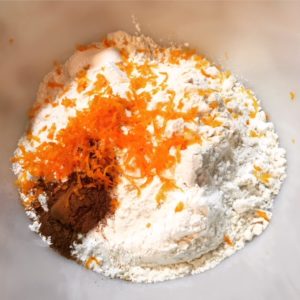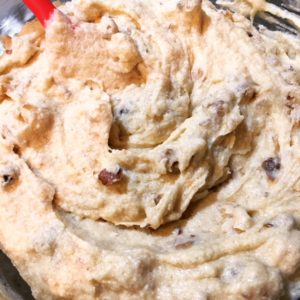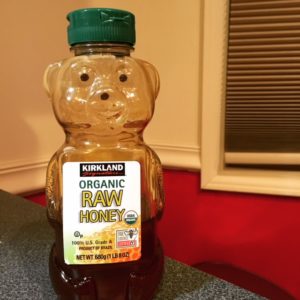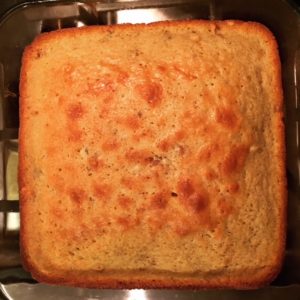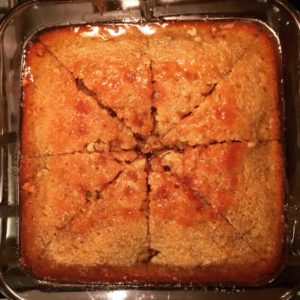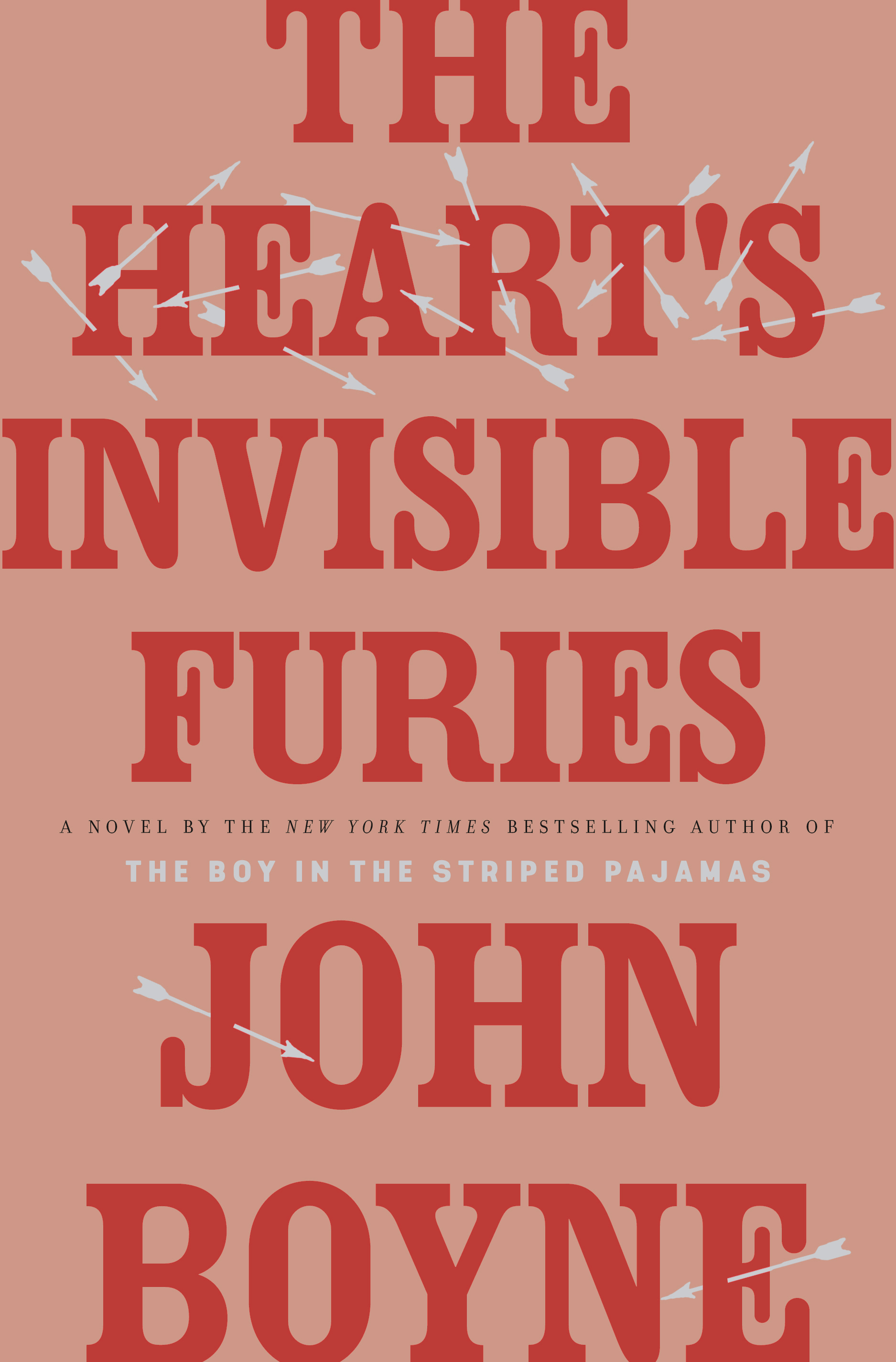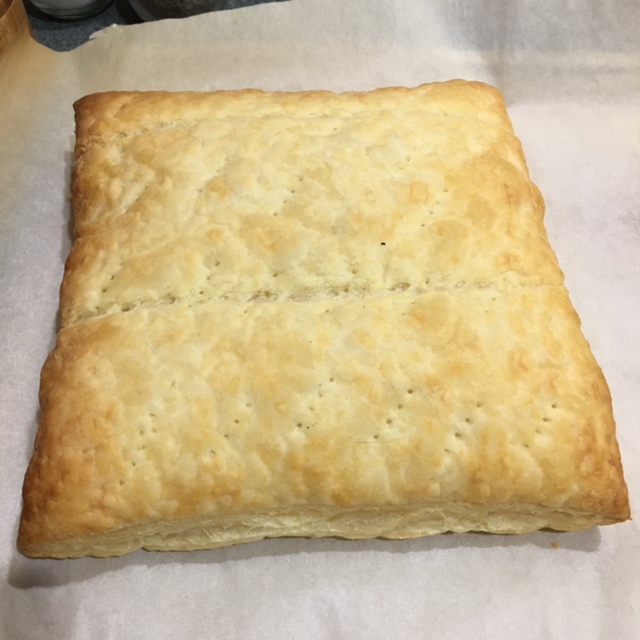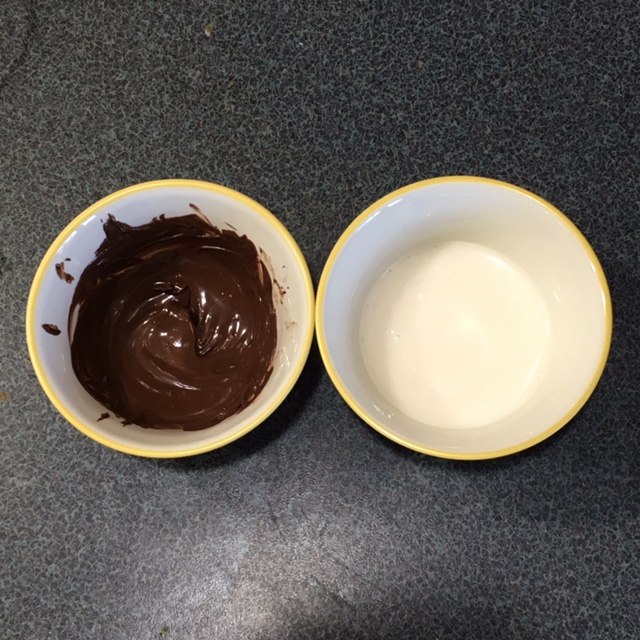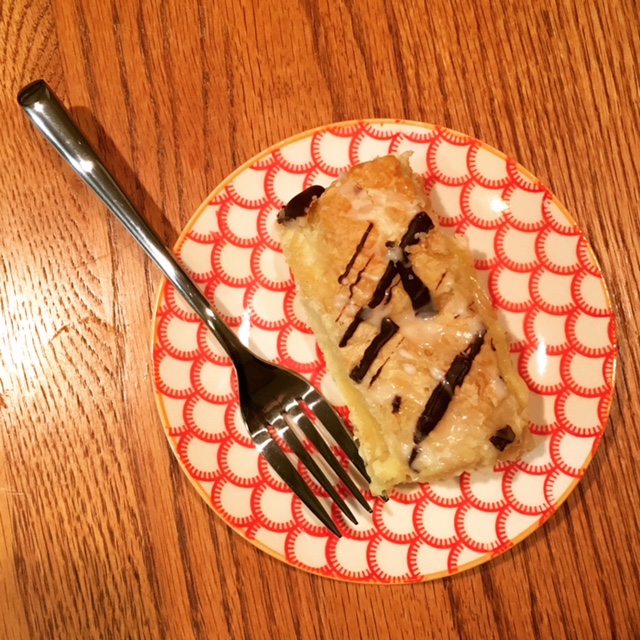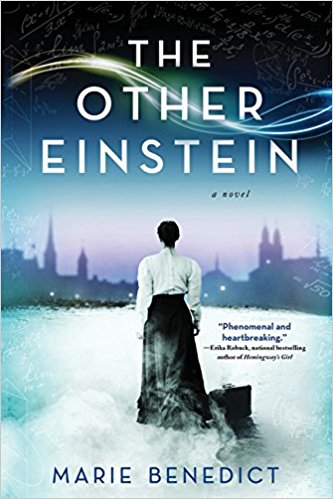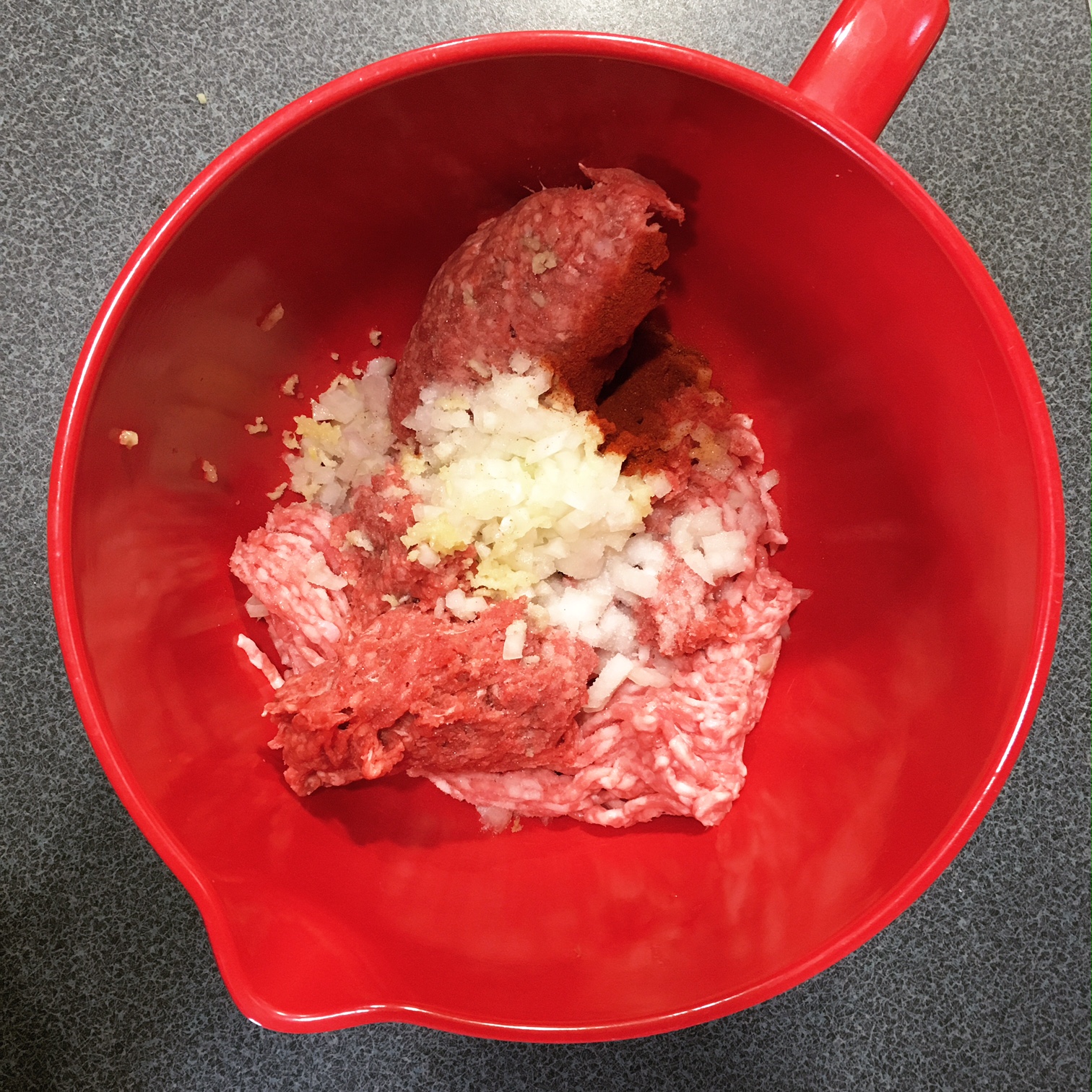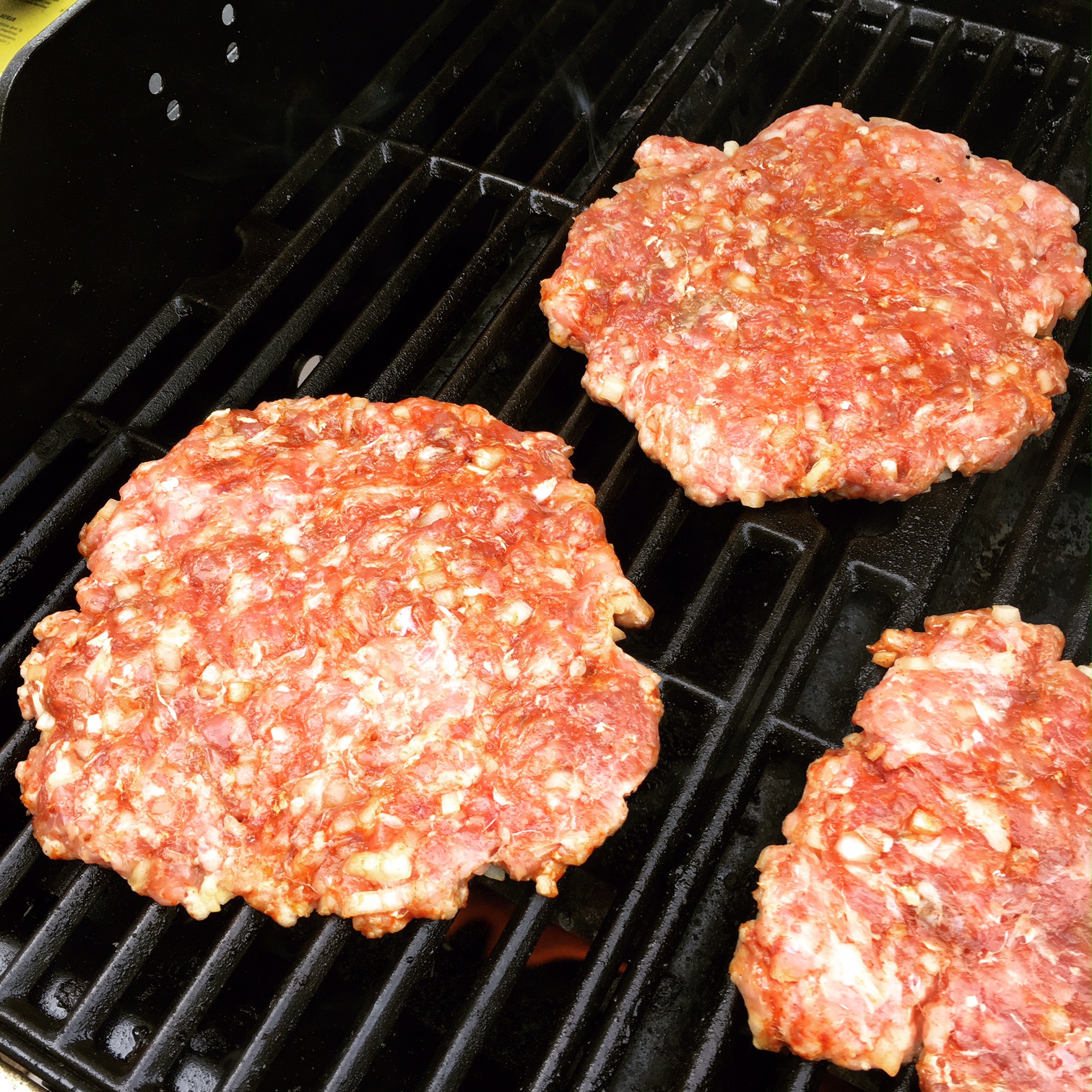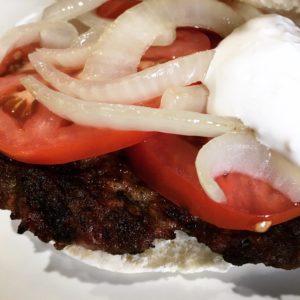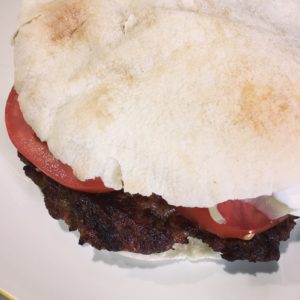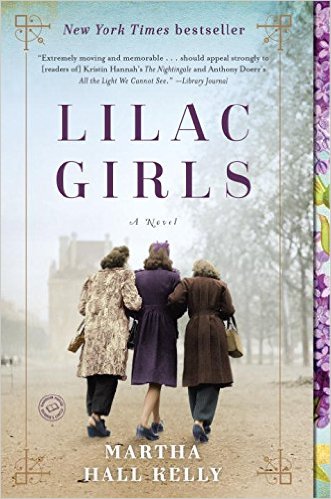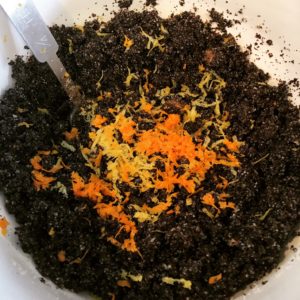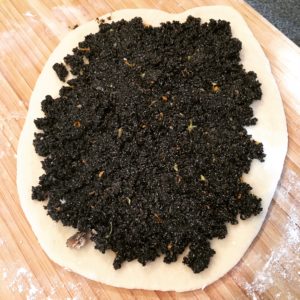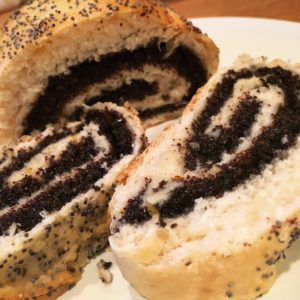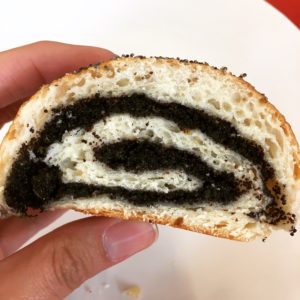Hi everyone, and happy Tuesday! Welcome to my first Top Ten Tuesday of 2018. This is an original weekly blog meme that was created at The Broke and the Bookish but is now hosted over at The Artsy Reader Girl. I participate about once a month, but each week there is a new, fun bookish topic for bloggers to create literary lists about. If you’d like to know more about it, check it out here.

Today’s list is kind of funny, in that I’m not sure how much I can say about each book on it - I guess we’ll just have to see! To arrive at the 10 Books I Really Liked But Can’t Remember Anything/Much About, I culled through my Goodreads, starting at the highest rating and going down. (Reminder: here’s how I rate.)
[Read more...] about Top Ten Tuesday - Books I Really Liked But Don't Remember Much/Anything About
